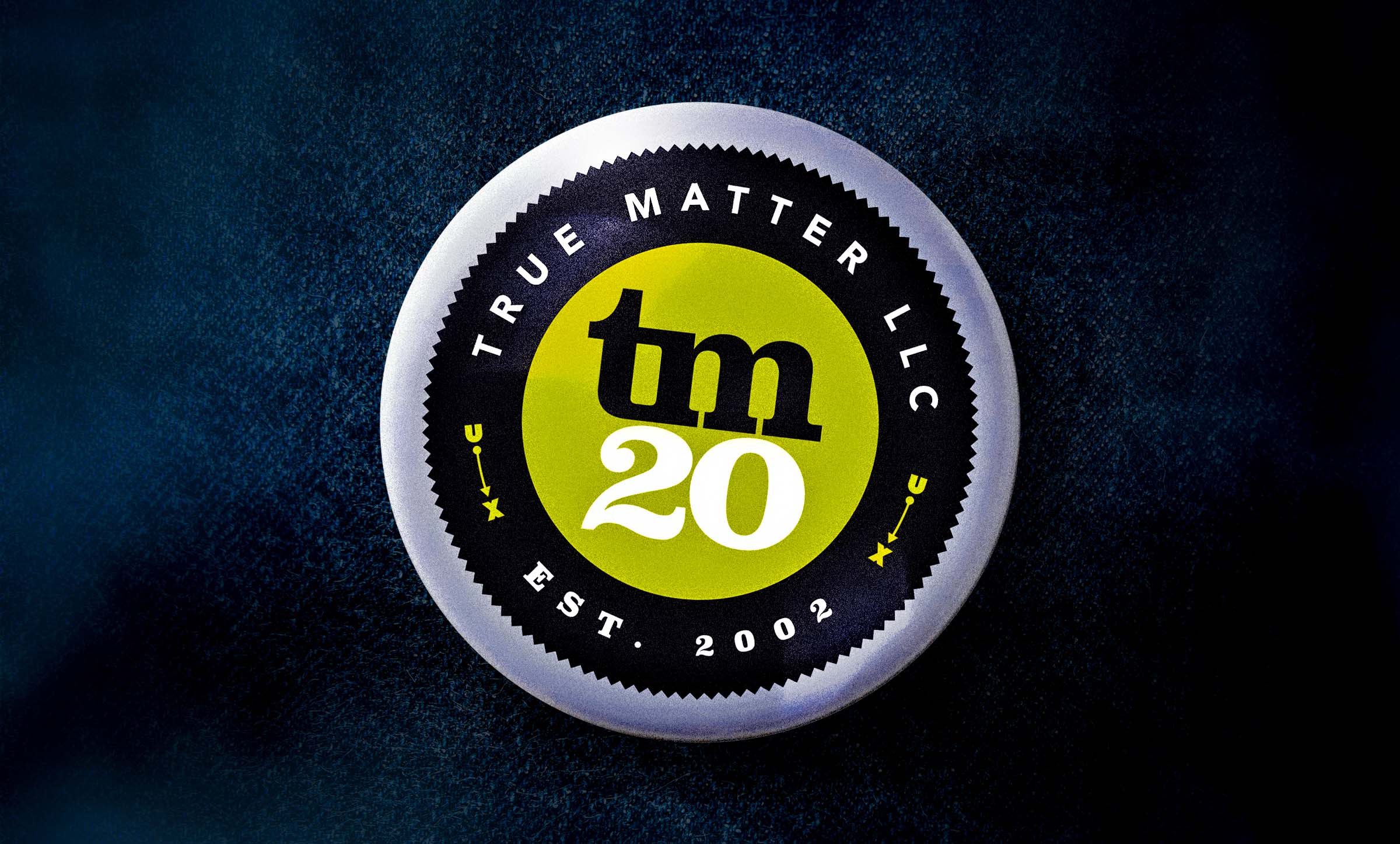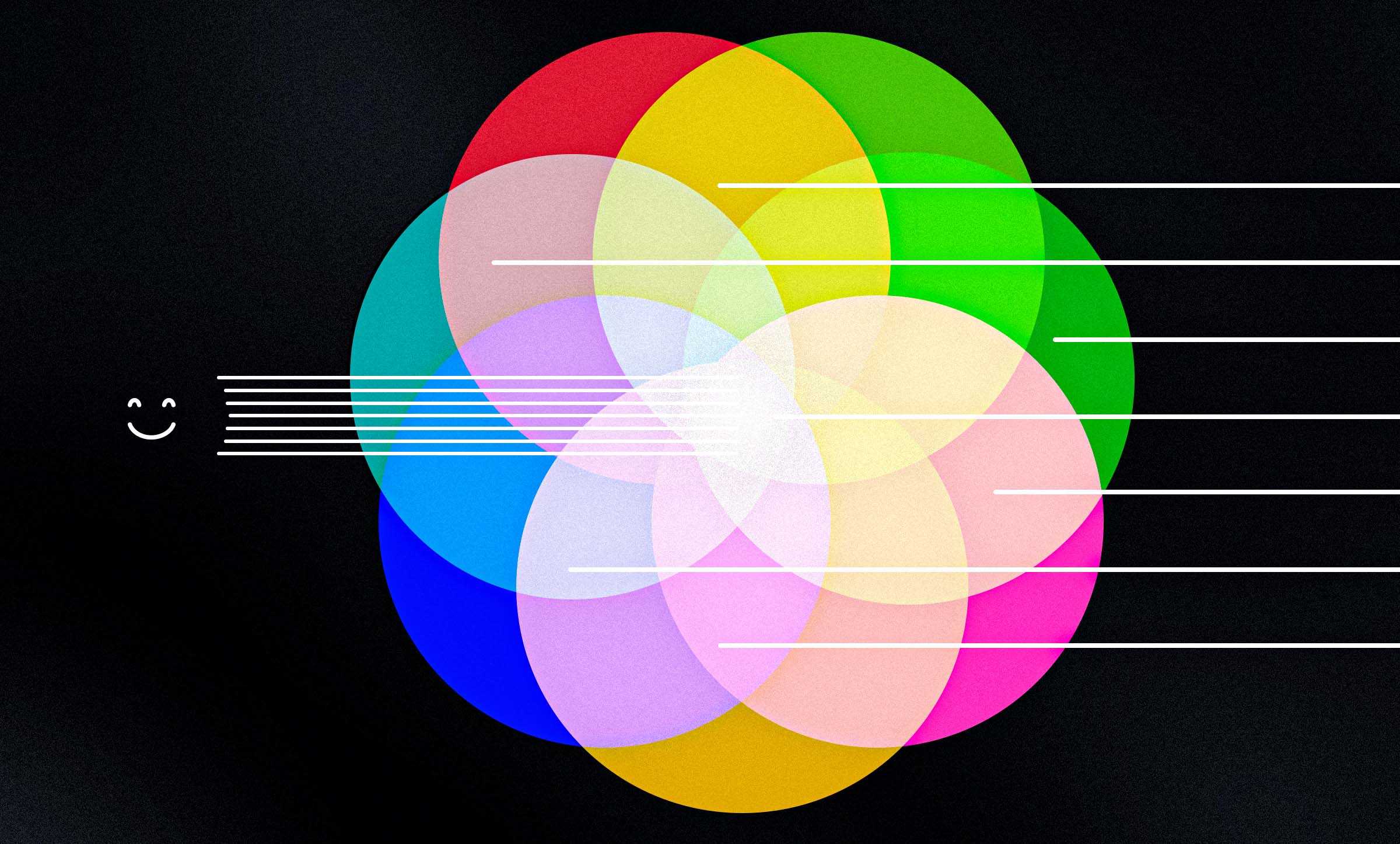Digital Product Ideas That Sound Brilliant At First But Lead To Ruin
5 min read
Not-So-Bright Digital Product Ideas
Electrified water—which you’ve probably never heard of—was a real invention from the early 1900s that involved running an electrical current through a bowl of water, supposedly giving that water new, magical properties. Back in the day, this innovation was touted as a cure-all for everything from droopy houseplants to hangover

But for all the initial fuss and attention, electrified water didn’t actually do anything. When people got wise to the fact, the inventors of electrified water (and their peer companies) scrapped the idea. Another promise of technology
down the drain so to speak. Some “great” ideas are terrible in practice.
Today we can have the same hopes for our digital products. Some new gizmo, approach, or gimmick will revolutionize user experience. Lives will change. Money will be made. But much like electrified water and a host of other ill-fated notions, many ideas about users, interfaces, and product development sound brilliant at first but usually lead to ruin.
To avoid wasting time on ideas that are the digital equivalent of electrified water, you must know what those sweet-sounding (but utterly counterproductive) ideas are.
Tempting, Terrible Ideas
Consider these seductive gems, which you may have heard touted in board rooms and stakeholder brainstorming sessions:
Find everything in three clicks.
From on high, stakeholders and directors tell us, “Thou shalt find everything in three clicks or less.” It sounds wise indeed. It is also supremely difficult to achieve with complex sites or intranets. The three-click rule leads to a host
of bad ideas including encyclopedic lists of “quick links,” home page sliders that obscure key content, and voluminous nested drop-down navigation. Each of these solutions pushes for a shallow, broad information structure and launches
endless arguments over who gets their content “above the fold” on the home page. Four clicks, it seems, is just too many.
But people don’t count clicks. They just want to find things fast and without trouble. As soon as things get difficult or take too long, they rebel, regardless of the number of clicks. So don’t track clicks. Instead, measure how fast (time per task) people reach their goal and assess how easy (perception) they found the experience.
Give users what they want.
Contrary to popular belief, UX is not simply about granting users their every wish verbatim. Users don’t know how to make products better. They don’t know what to ask for. They just know what they hate. So, they ask for all sorts of unworkable interface “fixes” or new features they may not even use in practice. If you adopt everything they say wholesale, you’ll be led astray. Instead, observe users’ behavior and learn how to interpret what your users are saying when they request electrified water. Then you’ll be ready to provide solutions that will actually help them.
Offer customization as a key benefit.
No. If there is one misstep that can destroy a product’s usability instantly, it’s rampant, in-depth customization. Your customers are not usability experts or designers. When given free reign over every layout, line of text, and color choice,
they’ll create a gigantic digital mess.
And yes, customers often ask for deep customization. They want your product to fit their business model like a glove. Instead of pinning your sales on excessive UI and feature freedom, create an interface so useful and understandable that customers don’t
feel a strong need to change it in the first place.
Heed stakeholder opinion.
Structuring, naming, and envisioning interactions based primarily on what stakeholders (and developers) think makes sense is a recipe for failure. This approach looks inward and forces your users’ needs to the back-burner. It’s nice if your development team or CFO like your product naming conventions, but it’s essential that users grasp them immediately. Unless you want an entirely unusable product, always prioritize end user understanding over internal opinion.
Offer more features than your competitors.
With features and functions, quality is almost always superior to quantity. It’s okay to do less, especially when doing more means you
wind up with a scrapheap of rarely-used, shoddy features. Or worse, you create a lesser copy of something your competitors do.
Instead of aiming for bulk, provide the right, well thought-out features that help people get things done and drive key objectives. Aim to create quality experiences centered on the most valued tasks and you’ll create a product people want to use. And your competitors will start copying you.
Provide comprehensive help.
Spend inordinate time creating a sophisticated “Help” section. Then watch almost no one read it. Similarly, create the perfect “FAQ.” Answer every conceivable question. Then watch users continue in frustrated ignorance.
Reliance on help or expansive Q&A lists is nothing more than a UX crutch. You can’t fix interactions, forms, error handling, naming, and so forth by explaining your way out it. Instead of help, make your forms usable and interactions easy in the first place. Instead of amassing common complaints into an FAQ junk drawer, use this feedback as a jumping-off point to better understand your users.
Don’t Waste Time Electrifying Water
Don’t waste time and energy on digital ideas that don’t work. Not everything that sounds like a grand idea is worth its salt. We’ve learned these lessons the hard way, but you don’t have to.
Instead, devote your time, energy, and budget to understanding your users and making products that help them do exactly what they’ve set out to do.





